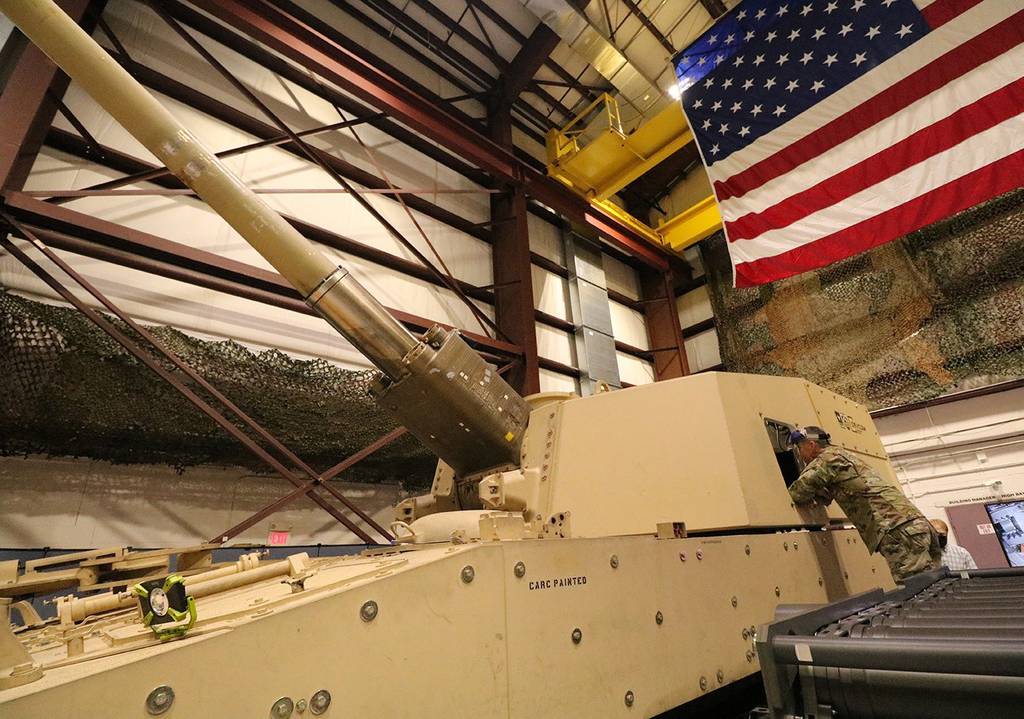You got it backwards mate.
I don't. ERCA is meant as a Corps level asset to fire at 60-70 km, with >100 km extended range as a future capability, using the supercharge. It's why it has a M256 breech. It's why it has a simplified autoloader compared to Crusader. It's why the MACS 7 supercharge was made. The autoloader itself is to try to get around the problem that moving the supercharge in the confines of the M109's cabin is difficult for crewmen.
Using anything less than MACS 7 supercharges in the autoloader will require downloading the supercharges in the magazine, and replacing them with respective MACS bags, which needs to be done manually AIUI. That would require a daily plan of fires and make ERCA pretty unresponsive. It is also somewhat cumbersome, to say the least, because the charges are mounted at the highest point in the gun.
However, it's not a division level asset so it has little need to fire with anything less than the MACS 7 supercharge. Its CONOPS is firing at or near the maximum range in support of a Corps level effort, and its main job would be destruction of targets like air defense systems, rocket launchers, and C3I posts.
There's no real flexibility built into ERCA to rapidly switch between the MACS and the supercharge, so if it ever enters service (it very likely will not) it will be carrying majority supercharges in battle. Training will probably involve MACS charges to preserve barrel life but combat use would be supercharges, because ERCA has to shoot out to 70-100 km (or longer).
It's a cannon designed to compete with the M270 not to replace the M109.
Which means that only the rare times will you use the supercharge for spreading hate and discontent at 100km.
Which is ERCA's only job. As I've said before the cannon is weird, and its CONOPS are weird, because the generals who ordered it built are literally suffering from FOMO.
They didn't use a smoothbore to obtain backwards compatibility with the 155mm shells, but the shells fly so fast they don't get that anyway, so they're sort of stuck with that design choice throughout the MTA, which necessitates the nickel driving band, which was an unforeseen problem that ate about 4-5 months of development time of an already extremely tight schedule, which is why it will likely be canceled.
It's the Army's version of AGM-183 at this point.
Probably a pretty obvious question for those of you more familiar with heavy artillery than I am but would active cooling for the barrel do anything to limit barrel wear when using these big supercharges or is it only useful for sustained rapid fire missions?
Sustained and rapid fire are dichotomous.
ERCA is meant to provide the "pressure" of a cannon's sustainable, but slow (1-3 rounds per minute), rate of fire with the range of a rocket launcher. Rocket launchers tend to fire rapidly, relocate, and reload, which provides a "gap" of about 10-15 minutes with MLRS (or 30-60 minutes for a BM-30), while a cannon can fire, relocate, and reload in less than 5 minutes total, and maintain this all day long.
Active barrel cooling will do little to diminish the wear because it's not about heat generated by the supercharge, it's about the friction generated between the hard nickel driving bands and the barrel rifling, which is a consequence of the high muzzle energies needed.
If ERCA were a smoothbore from the start, this problem (needing new-type driving bands) would not have existed, but then neither would ERCA. The alternative is some novel driving band gets developed that reduces barrel wear, like an incredibly high performance nylon or something, but that's outside the scope of the program at the moment.




